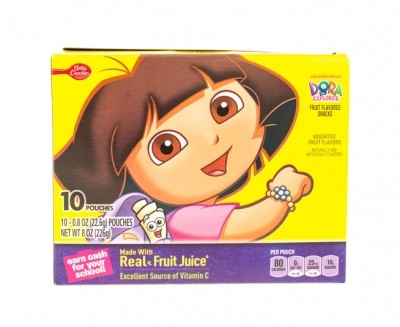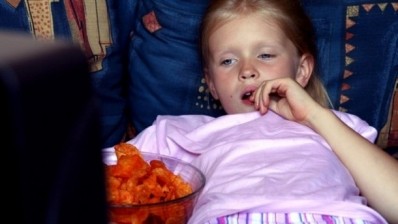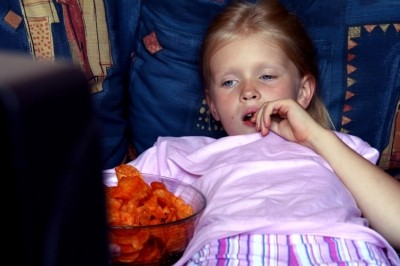Under-12s seeing 88% fewer ads for non-nutritious products, says industry
Game over for food marketing to kids, says consumer group

With 1-in-3 children in Europe either overweight or obese, Brussels-based BEUC today launched a new online campaign to get industry to toughen its stance on marketing junk food to kids.
“Our campaign focuses on online media as there have been some changes in TV area, such as commitments to cut ads during children’s programmes but they have shifted this to family programmes, and now we see a massive use of online sites and app smartphones," said communications officer Pauline Constant. "The focus of our campaign is to show they focus on new modes of communication.”
BEUC has channeled its attention on the EU Pledge, a voluntary commitment made by the likes of Nestlé, Unilever, Mondelez, Mars and Coca-Cola in late 2007 to "change the way they advertise to children”.
Despite the Pledge's "laudable" aims, BEUC says developments have been “patchy”. This is something EU Pledge Secretariat Rocco Renaldi refuted. He told FoodNavigator that the initiative’s impact has been third party independently monitored which showed that the average child under the age of 12 today sees 88% fewer ads for products that do not meet the Pledge’s nutrition criteria compared to 2005.
BEUC says Pledge nutritional criteria are not strict enough. For instance it allows breakfast cereals that contain up to 30 g of sugar per 100 g of product to be marketed to children. In comparison, the World Health Organisation’s (WHO) nutrient thresholds set the limit at 15 g.
Mascots and cartoons
BEUC also believes that the Pledge’s definition of advertising is too restrictive to effectively protect children from the harmful effects of marketing, and called on it to stop using branded mascots to appeal to children.
We're calling on food industry to #stopmarketingtokids of unhealthy food, for real. Our new campaign https://t.co/JlUhtJCQ1qpic.twitter.com/hqj7kbfyN4
— The Consumer Voice (@beuc) October 26, 2016
Renaldi said the Pledge had plans to strengthen its criteria – from 1 January 2017 it will cover virtually all media – but defended the use of mascots.
“We are also introducing a new criterion about advertising design, which will build on existing restrictions on placement: marketing communications for products that do not meet nutrition criteria will also have to be designed so as not to be of primary appeal to children under twelve.
“This includes restrictions on the use of licensed characters, children’s celebrities and movie tie-ins. It does not include restrictions on brand mascots, as BEUC is calling for, because these are an inherent part of the brand. Indeed, all European countries that have regulated marketing to children, also make a distinction between licensed and brand equity characters.”
Meanwhile a spokesperson for EU Pledge signatory Nestlé said it has implemented a responsible marketing policy since 2008 when it stopped marketing
to children under the age of six and restricted any marketing to children aged between six and 12 years old.
But the Swiss food giant has been pulled up by health campaigners on numerous occasions in the past for its chocolate milk brand Nesquik. It uses a cartoon character to appeal to children and is advertised as being “wholesome” and “a great start to the day” despite being high in sugar.
The spokesperson said the product was aligned with its health and nutrition policies.
“The Nesquik Bunny, appealing to children under the age of 12 is only used to promote healthy and active lifestyles. This includes healthy eating programmes, active play, physical activity or support of educational development.”
The EU Pledge has published guidance for members to adhere to its criteria.

The issue of marketing unhealthy food to children has been taken up by many consumer groups across Europe, including Italy’s Altroconsumo, France’s UFC-QueChoisir and Spain’s OCU. BEUC said its member organisations from Norway, Slovenia, and Macedonia are also in the process of preparing campaigns on the topic.
“There are different regulations in different countries but end result is most children in Europe are still being targeted with sugar-loaded foods. The strategies are the same in most EU countries which is why we are launching this EU wide campaign,” added Constant.



























